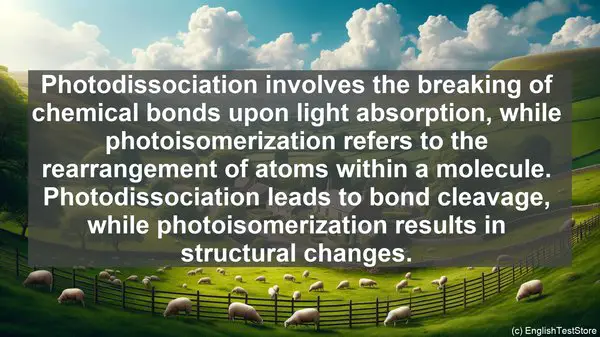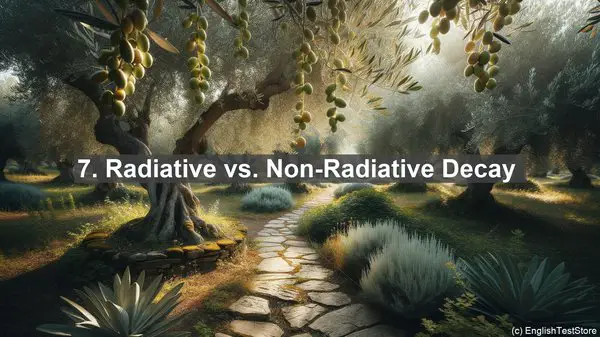Introduction
Welcome to our inorganic photochemistry class. Today, we’ll be addressing a topic that often leads to confusion – the words that sound similar but have distinct meanings in this field. Let’s dive in!
1. Excitation vs. Ionization
Excitation refers to the process of an electron absorbing energy and moving to a higher energy level, while ionization involves the complete removal of an electron from an atom or molecule. Remember, excitation is about energy levels, while ionization is about electron removal.

2. Fluorescence vs. Phosphorescence
Both fluorescence and phosphorescence are light emission processes after excitation, but they differ in duration. Fluorescence is brief, lasting only while the excitation source is present, while phosphorescence persists even after the excitation ceases. Think of fluorescence as ‘instant’ and phosphorescence as ‘long-lasting’.
3. Absorption vs. Transmission
When light encounters a material, absorption occurs when the light energy is absorbed by the material, while transmission refers to the light passing through the material. Absorption results in energy transfer, while transmission allows light to continue its path.
4. Quantum Yield vs. Quantum Efficiency
Quantum yield and quantum efficiency both relate to the number of desired events (e.g., emission) per absorbed photon, but they differ in their calculations. Quantum yield is the ratio of desired events to absorbed photons, while quantum efficiency considers all possible events. Quantum yield is a subset of quantum efficiency.
5. Ground State vs. Excited State
The ground state is the lowest energy level of an atom or molecule, while the excited state is any higher energy level. Excitation moves an entity from the ground state to an excited state. The ground state is the ‘default’ state, while the excited state is the ‘energized’ state.

6. Luminescence vs. Phosphorescence
Luminescence is a general term for light emission, while phosphorescence is a specific type of luminescence characterized by a delayed emission after excitation. All phosphorescence is luminescence, but not all luminescence is phosphorescence.
7. Radiative vs. Non-Radiative Decay
After excitation, an entity can return to the ground state through radiative or non-radiative decay. Radiative decay involves light emission, while non-radiative decay occurs without light emission, often as heat. Radiative decay is associated with luminescence.
8. Singlet vs. Triplet State
Singlet and triplet states are two possible excited states. Singlet states have paired electron spins, while triplet states have unpaired spins. The transition between singlet and triplet states is important in many photochemical reactions.
9. Photodissociation vs. Photoisomerization
Photodissociation involves the breaking of chemical bonds upon light absorption, while photoisomerization refers to the rearrangement of atoms within a molecule. Photodissociation leads to bond cleavage, while photoisomerization results in structural changes.
10. Photocatalysis vs. Photosensitization
Both photocatalysis and photosensitization involve the use of a catalyst to initiate a photochemical reaction, but they differ in the catalyst’s involvement. In photocatalysis, the catalyst is directly involved in the reaction, while in photosensitization, the catalyst absorbs light and transfers the energy to the reactants.
